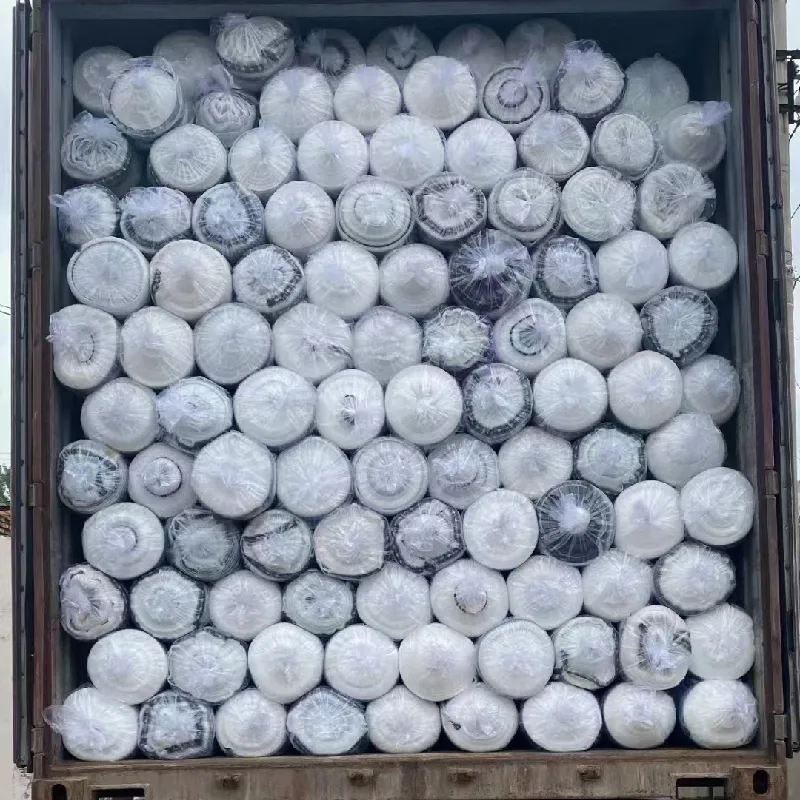-
 Afrikaans
Afrikaans -
 Albanian
Albanian -
 Amharic
Amharic -
 Arabic
Arabic -
 Armenian
Armenian -
 Azerbaijani
Azerbaijani -
 Basque
Basque -
 Belarusian
Belarusian -
 Bengali
Bengali -
 Bosnian
Bosnian -
 Bulgarian
Bulgarian -
 Catalan
Catalan -
 Cebuano
Cebuano -
 China
China -
 Corsican
Corsican -
 Croatian
Croatian -
 Czech
Czech -
 Danish
Danish -
 Dutch
Dutch -
 English
English -
 Esperanto
Esperanto -
 Estonian
Estonian -
 Finnish
Finnish -
 French
French -
 Frisian
Frisian -
 Galician
Galician -
 Georgian
Georgian -
 German
German -
 Greek
Greek -
 Gujarati
Gujarati -
 Haitian Creole
Haitian Creole -
 hausa
hausa -
 hawaiian
hawaiian -
 Hebrew
Hebrew -
 Hindi
Hindi -
 Miao
Miao -
 Hungarian
Hungarian -
 Icelandic
Icelandic -
 igbo
igbo -
 Indonesian
Indonesian -
 irish
irish -
 Italian
Italian -
 Japanese
Japanese -
 Javanese
Javanese -
 Kannada
Kannada -
 kazakh
kazakh -
 Khmer
Khmer -
 Rwandese
Rwandese -
 Korean
Korean -
 Kurdish
Kurdish -
 Kyrgyz
Kyrgyz -
 Lao
Lao -
 Latin
Latin -
 Latvian
Latvian -
 Lithuanian
Lithuanian -
 Luxembourgish
Luxembourgish -
 Macedonian
Macedonian -
 Malgashi
Malgashi -
 Malay
Malay -
 Malayalam
Malayalam -
 Maltese
Maltese -
 Maori
Maori -
 Marathi
Marathi -
 Mongolian
Mongolian -
 Myanmar
Myanmar -
 Nepali
Nepali -
 Norwegian
Norwegian -
 Norwegian
Norwegian -
 Occitan
Occitan -
 Pashto
Pashto -
 Persian
Persian -
 Polish
Polish -
 Portuguese
Portuguese -
 Punjabi
Punjabi -
 Romanian
Romanian -
 Russian
Russian -
 Samoan
Samoan -
 Scottish Gaelic
Scottish Gaelic -
 Serbian
Serbian -
 Sesotho
Sesotho -
 Shona
Shona -
 Sindhi
Sindhi -
 Sinhala
Sinhala -
 Slovak
Slovak -
 Slovenian
Slovenian -
 Somali
Somali -
 Spanish
Spanish -
 Sundanese
Sundanese -
 Swahili
Swahili -
 Swedish
Swedish -
 Tagalog
Tagalog -
 Tajik
Tajik -
 Tamil
Tamil -
 Tatar
Tatar -
 Telugu
Telugu -
 Thai
Thai -
 Turkish
Turkish -
 Turkmen
Turkmen -
 Ukrainian
Ukrainian -
 Urdu
Urdu -
 Uighur
Uighur -
 Uzbek
Uzbek -
 Vietnamese
Vietnamese -
 Welsh
Welsh -
 Bantu
Bantu -
 Yiddish
Yiddish -
 Yoruba
Yoruba -
 Zulu
Zulu
Exploring the Impact of Fall Netting Techniques on Wildlife Conservation and Management Strategies
Understanding Fall Netting A Seasonal Approach to Environmental Conservation
As autumn approaches, many in the agricultural and environmental sectors prepare for a crucial task fall netting. This practice is essential for various reasons, including protecting crops, preserving native wildlife, and maintaining the overall health of ecosystems. Fall netting involves covering plants, trees, and specific areas with nets designed to prevent damage from falling debris, such as leaves, fruit, or even harmful pests. Understanding the significance of this practice can benefit farmers, conservationists, and nature enthusiasts alike.
One of the primary reasons for implementing fall netting is to safeguard crops during the harvest season. As trees and plants enter dormancy, their leaves and fruits are prone to falling. In particular, trees laden with ripe fruit can suffer drastically from the weight of excessive debris, leading to fruit bruising, spoilage, and crop loss. By using netting, farmers can protect their produce from falling leaves and overripe fruits, ensuring a better yield and quality at harvest time.
Additionally, fall netting plays a critical role in wildlife conservation
. Many birds and mammals rely on fruit and seeds for sustenance during the autumn months. By covering certain areas, netting can help manage populations of birds that have a tendency to overconsume crops, hence maintaining a balance between agricultural needs and wildlife population control. However, care must be taken to ensure that the netting used is wildlife-friendly, allowing for small creatures to pass through without becoming trapped.fall netting

Moreover, fall netting contributes to the preservation of the environment. As leaves fall and decompose, they enrich the soil with nutrients. However, excessive leaf litter can lead to increased pest populations or the spread of certain diseases in vulnerable plant populations. Netting can assist in managing the amount of decaying organic matter on the ground, thus preventing the build-up that can lead to such issues.
In addition to its practical uses, fall netting is an excellent opportunity to educate communities about the importance of seasonal practices in agriculture and conservation. Farmers can engage local volunteers in netting exercises, fostering a sense of community involvement and shared responsibility for environmental stewardship. Workshops can be organized to teach the benefits of such practices, ensuring that the knowledge is passed on and that the community understands the broader implications of fall netting on biodiversity and ecosystem health.
In conclusion, fall netting is not just a practical solution for protecting crops; it is an essential component of sustainable agricultural practices and environmental conservation. By strategically utilizing netting during the autumn season, farmers can safeguard their harvests while simultaneously contributing to wildlife management and ecosystem preservation. As we embrace this practice, we can foster a stronger connection between agriculture and the natural world, ensuring that both thrive together in harmony.
-
Shipping Plastic Bags for Every NeedNewsJul.24,2025
-
Safety Netting: Your Shield in ConstructionNewsJul.24,2025
-
Plastic Mesh Netting for Everyday UseNewsJul.24,2025
-
Nylon Netting for Every UseNewsJul.24,2025
-
Mesh Breeder Box for Fish TanksNewsJul.24,2025
-
Expanded Steel Mesh Offers Durable VersatilityNewsJul.24,2025











